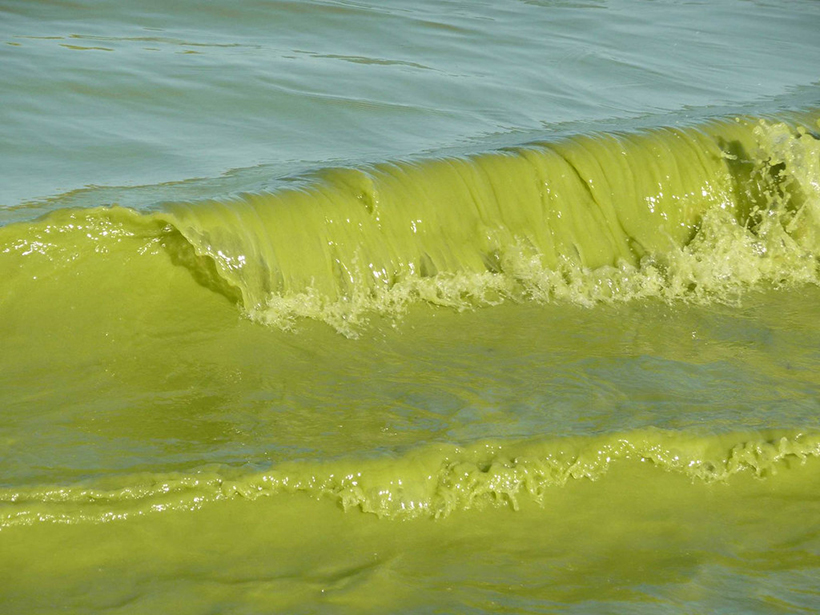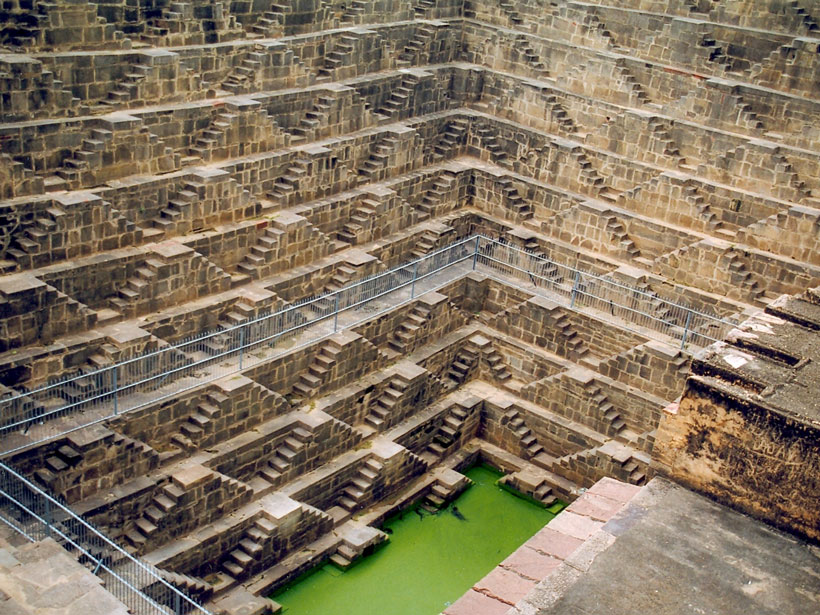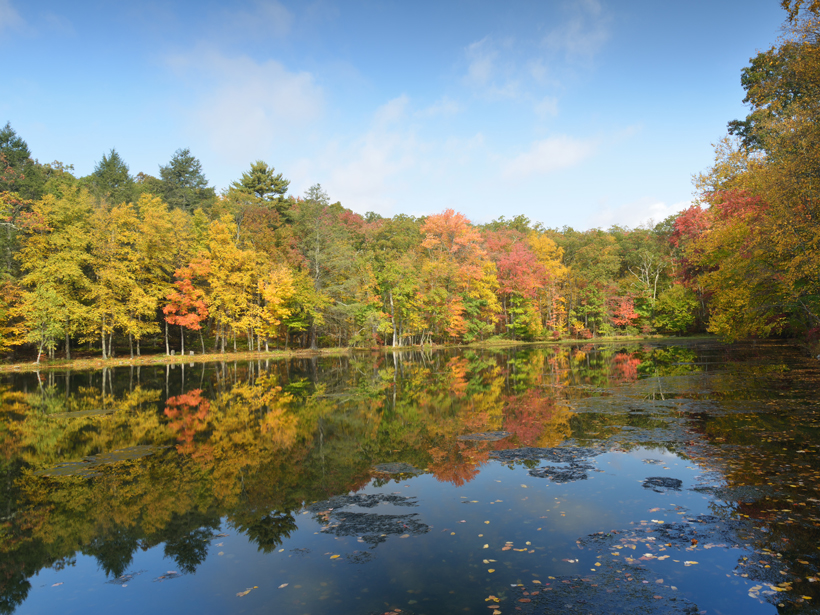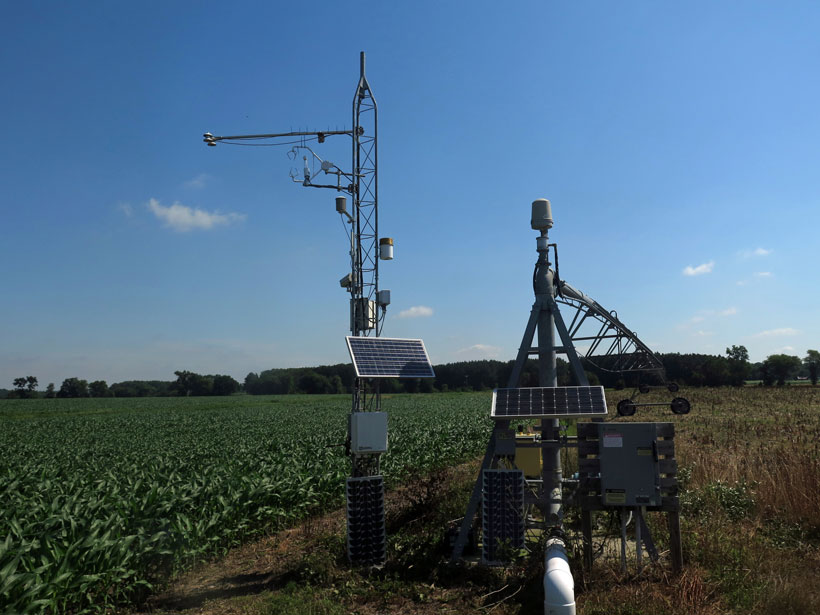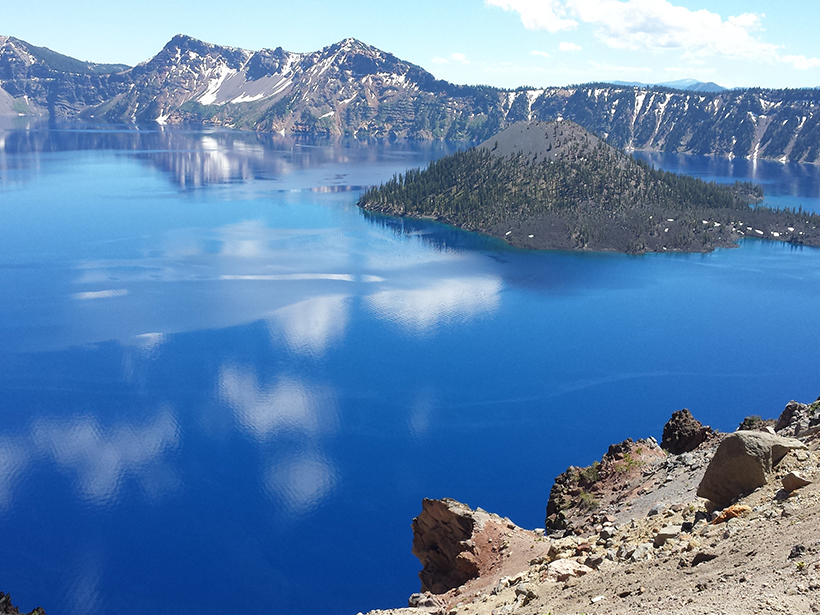Researchers use remote sensing technology to carry out a global survey of large freshwater lakes.
Water quality
Widespread Contamination Found in Northwest India’s Groundwater
Naturally occurring contaminants and human-made pollution in drinking water supply may be harmful to human health.
A Digital Mayfly Swarm Is Emerging
Low-cost, open-source data collectors and a suite of collaborative online tools are making big leaps in the field of watershed monitoring.
Dark and Stormy: How More Rainfall Leads to Warm and Murky Lakes
Reduced clarity in two northeastern Pennsylvania lakes has resulted in warmer surface water and cooler bottom water despite stable regional air temperatures during the past 3 decades.
Toward a Satellite-Based Monitoring System for Water Quality
Water Quality Workshop for End Users; Greenbelt, Maryland, 27 September 2017
Modern Chemicals from Mystery Source Taint Fish in Utah Lake
Utah Lake’s fish contain high levels of a potential carcinogen. Could removing some bottom-feeders reduce this contamination?
The River Basin’s Tale: Carbon Transport Along the Thames
A study finds that population growth during urbanization and World War II–era plowing fed additional carbon into the Thames River Basin.
Blending Satellite Data to Monitor Agricultural Water Use
A new technique that merges data gathered by multiple satellites can be used to monitor agricultural water use and improve water quality assessments around the globe.
Timothy A. Cohn (1957–2017)
Cohn emphasized the use of hydrologic science for the public good, to protect ordinary citizens from flood and pollution hazards and to reduce losses from natural disasters.
Water Quality Database Offers New Tools to Study Aquatic Systems
Researchers assess the federal Water Quality Portal, a Web portal that unites disparate water quality data sets and resources.

